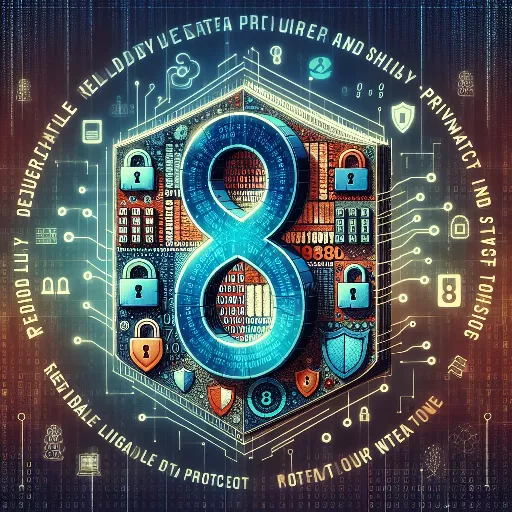
Ciphers and shields are key elements in ensuring the security of data and confidentiality on your website. With the ever-increasing threat of hacking attacks and cybercrime, protecting information is becoming an increasingly important task for all online project owners.
Data encryption is the process of converting information into a code or cipher that protects data from unauthorized access. Symmetric and asymmetric encryption are distinguished. Symmetric encryption uses one key for both encrypting and decrypting data, while asymmetric encryption uses a pair of keys: a public key for encryption and a private key for decryption.
One of the most common encryption methods today is SSL (Secure Sockets Layer) or its more modern version - TLS (Transport Layer Security). These protocols provide a secure connection between the server and the browser, protecting transmitted data from eavesdropping and tampering.
Another important element of website security is the use of shields, or protective mechanisms, which prevent various types of attacks on the web resource. There are many ways to protect a website using shields, including traffic filtering, firewalls, antivirus software, and intrusion detection systems.
One of the main forms of protection is the use of a firewall, which controls and filters network traffic, allowing or blocking it based on specified rules. There are both hardware and software firewalls that create a barrier between your site and potential external threats.
Another important tool for data protection is an Intrusion Detection System (IDS). This technology allows monitoring network traffic and detecting anomalies that may indicate an attempted unauthorized access to the site. IDS helps to respond promptly to threats and prevent potential attacks.
Antivirus programs and anti-spyware can be used to protect against malicious software. These programs help detect and eliminate viruses, trojans, worms, and other malware that can harm your website or users.
In addition to technical security measures, it is also important to provide staff training and compliance with security rules. Data breaches often occur due to the human factor - employees' carelessness or lack of awareness of security rules.
Installing an SSL certificate, regularly updating software, backing up data, controlling access to information - all these measures can help protect your site from attacks and data leaks. Using complex passwords, two-factor authentication, and information encryption also contribute to increasing security levels.
It is important to remember that security is an ongoing process that requires constant monitoring and updating of protection measures. By using encryption and shields, you can make your site more secure and ensure the confidentiality of data for both users and site owners.


